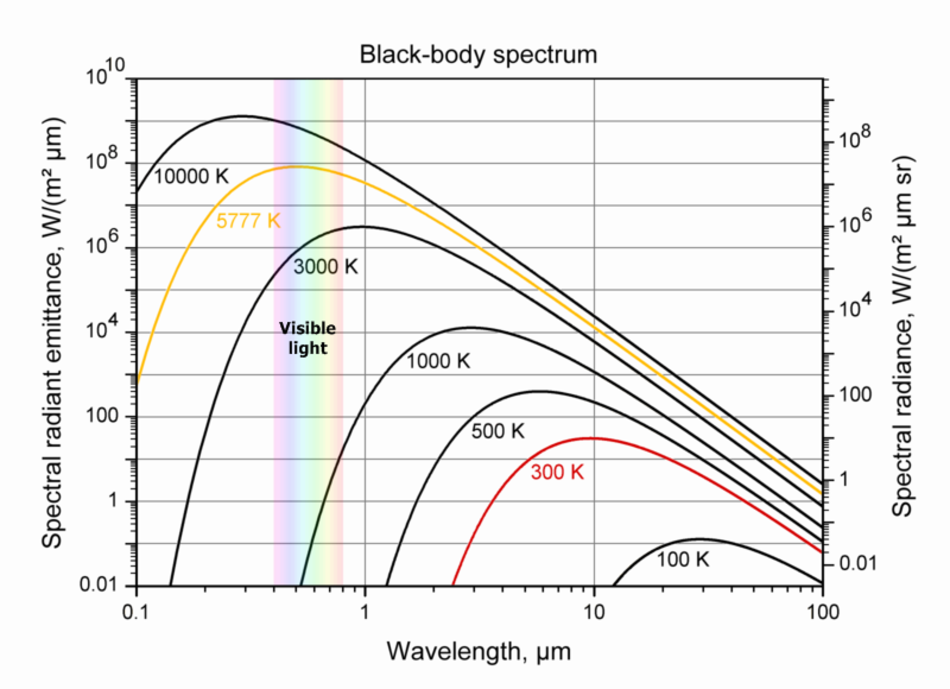How would this effect nature as a whole and our living conditions if it does? The color is not too far from blue so it should be more feasible and not change the Earth too much.
-
$\begingroup$ Are you asking "under which condition could we have a turquoise sky?" or "if we had a turquoise sky how will this affect our livin conditions?" $\endgroup$– L.Dutch ♦Commented Mar 7, 2017 at 4:11
-
$\begingroup$ Possible duplicate of Apparent Color of the Sun and Sky $\endgroup$– AifyCommented Mar 7, 2017 at 6:59
-
$\begingroup$ I've VTC'd this question as too broad, but the question is also too broad to begin with. $\endgroup$– AifyCommented Mar 7, 2017 at 6:59
-
$\begingroup$ Permanent like every day, or day and night? And are clouds that would make your sky gray or something (just like clouds on Earth) be acceptable? $\endgroup$– MołotCommented Mar 7, 2017 at 7:15
-
$\begingroup$ Welcome to Worldbuilding, SChai, it seems part of the accepted answer to worldbuilding.stackexchange.com/questions/29956/… already gives an explanation for a turquoise sky. Since its atmospheric conditions will be different from Earth's, it is probable its evolutionary history will be different too. $\endgroup$– a4androidCommented Mar 7, 2017 at 8:58
1 Answer
First off we need to define turquoise. I am using Wikipedia's R64 G224 B208
The color of the sky depends on two things, the emission spectra of the sun, and scattering of the atmosphere.
Raleigh scattering is the interaction of the sun's light with molecules in the atmosphere. For more information on Raleigh scattering, check my answer here and the paper linked therein. In summary, all the major potential constituents of an atmosphere (oxygen, nitrogen, carbon dioxide, hydrogen, methane, argone, etc) will cause a blue-shift in sunlight.
Since more of the sun's blue light will be visible due to reflection in the atmosphere, now it matters what light is coming in the atmosphere in the first place. This depends on the temperature of the sun's surface, which controls its blackbody emission as shown in the graph below from sun.org.
Our sun, as you can see from the yellow 5777K line, peaks right between the blue and violet sections of the sky. This plus the scattering ensures that we see primarily blue in the sky. If we cooled down the sun a bit, to halfway between the 5777K and 3000K lines, we could image a sun that has peak color in the green-yellow region. This light would still look white to us, since all colors would be represented roughly evenly, but when scattered by an atmosphere, more of the blues and greens will come out and you might get the desired turquoise sky.
As for affecting living conditions: I doubt it would make much difference. The pigment in plants would need to have better absorption in the green region, which would make leaves and grass appear more yellow-ish or reddish, but since the color change from blue to turquoise is small, the change in plant colors would be correspondingly small.
-
1$\begingroup$ About the change - I recall I've seen an answer on SE, probably even on worldbuilding, claim that pigments in plants are fat from optimal anyway and that they haven't change much since evolution in water, where light was more blue. So maybe, just maybe plants as they are would be more effective, not less, under turquoise sky? $\endgroup$– MołotCommented Mar 7, 2017 at 7:19
-
$\begingroup$ @Molot I posted on that topic before here. The reason, so far as I can tell, for the big gap in green is that blue light is the dominant component of scattered, i.e. indirect sunlight and far-red has the best direct penetration of foliage. That is to say, land plant's colors are optimized for being in the shade of other plants. $\endgroup$ Commented Mar 7, 2017 at 13:57
-
$\begingroup$ Cheers mate this is a great answer. $\endgroup$– S.ChaiCommented Mar 8, 2017 at 4:05

